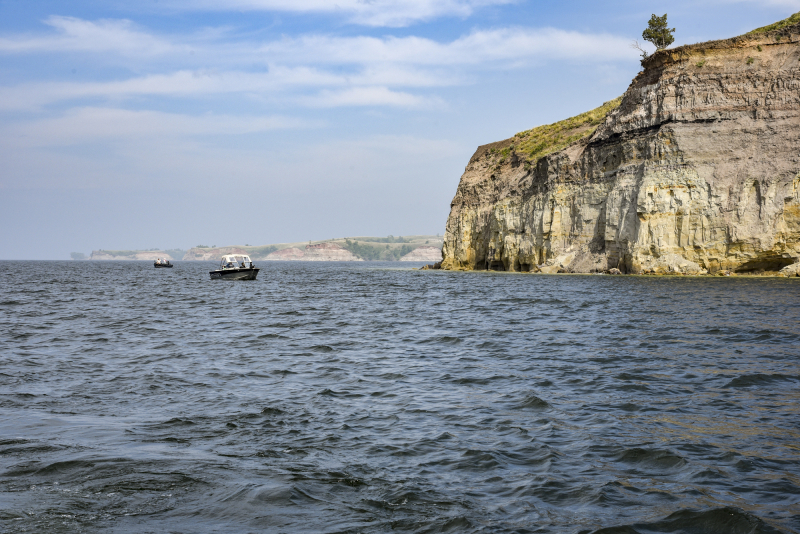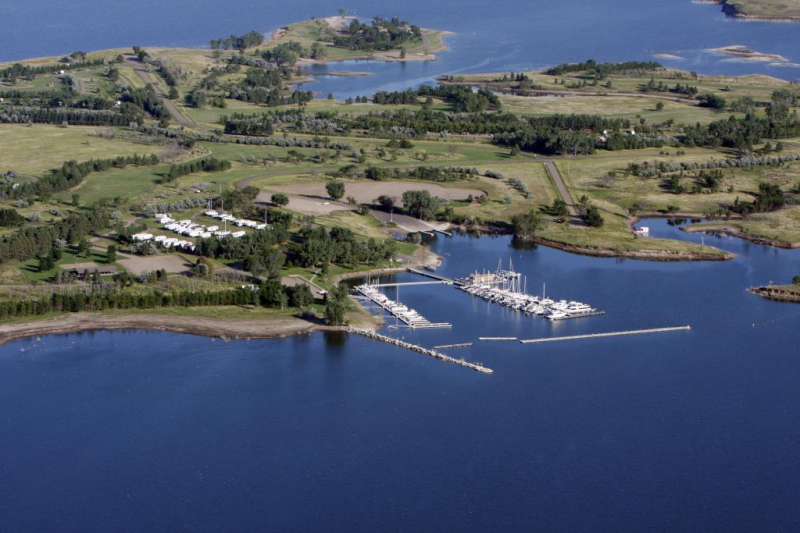Lake Sakakawea
The third-largest artificial reservoir in the United States is Lake Sakakawea. To stop the Missouri River from flooding and to act as a local energy source, Lake Sakakawea was built. The Army Corps of Engineers began work on the Garrison Dam in the 1940s and early 1950s, and it was completed in 1953.
The female Shoshone guide Sakakawea, also known as Sacagawea, guided the Lewis & Clark expedition north on the Missouri River during their travels through this region at the beginning of the 19th century, earning the lake its name.
With a surface area of 124 hectares, Lake Sakakawea is the largest in the state. It runs across six counties in central North Dakota over a distance of 286 kilometers. The lake is located along the Missouri River about 80 kilometers from Bismarck, the state's capital. Numerous recreational opportunities along its 2,120 km of shoreline lure visitors from across the nation and abroad.
Parks, wildlife management areas, wildlife refuges, and leisure zones border Lake Sakakawea. Although there are picnic places, swimming beaches, and hiking trails, the lake's most popular activities are fishing, boating, and camping. There are two more parks on the lake that are close by: Little Missouri State Park to the west and Fort Stevenson State Park on the lake's northern bank across from the dam.
Location: Dunn, McKenzie, McLean, Mercer, Mountrail & Williams counties














